Por primeraedicion.com.ar
“Voluntad de ayudar a nuestros pueblos originarios a insertarse en el mundo del trabajo y en la sociedad” es lo que abunda en el corazón de Marcela Molina, la directora del Bachillerato con Orientación Polivalente (BOP) 117 de Puerto Iguazú (establecimiento en la aldea Yryapu, cuya realidad se publicó en la edición del 31 de marzo), a quien su vocación docente no le permite pensar una vida sin la posibilidad de acceder al conocimiento, entonces se aventuró a la odisea de acercar el saber a las aldeas Ka aguy Pora I y II de este municipio, donde estudiar ya no es un sueño.
Desde 2018 el aula satélite cobija a más de cuarenta alumnos de primero y segundo año. Claro que nada fue sencillo. Fueron idas y vueltas, trámites, papeles, firmas, sellos, sólo el intendente local, Bruno Beck, realizó 19 viajes a la capital provincial en busca de lograr este espacio, “recorrimos, golpeamos puertas, escuchamos una y otra vez las mismas palabras, ‘mañana’, ‘la semana que viene’, ‘no hay presupuesto’”, recordó Molina y reconoció que fue el vicegobernador de la provincia, Oscar Herrera Ahuad, quien finalmente se solidarizó con la causa e hizo posible esta oportunidad.
Molina hizo hincapié además en que Comandante Andresito tiene una visión y un trato muy diferente hacia los mbya, “aquí se los incorpora como ciudadanos, se los tiene presentes en todo momento, causa emoción y un nudo en la garganta escuchar al cacique decir ‘nos sentimos gente, nos sentimos parte de este pueblo’”. Aquí, a diferencia de lo que sucede en Puerto Iguazú, los alumnos cuentan con un edificio escolar soñado, con todo lo que puedan necesitar, desde aulas en excelentes condiciones hasta un carrito digital y servicio de Internet, pues comparten la infraestructura con la escuela primaria, ya que su director, “un hombre extremadamente generoso y que tiene la misma filosofía, colaborar para la educación de nuestros hermanos, nos deja la escuela a disposición; él está por la mañana con la primaria y como en el turno tarde van los chicos más grandes, casi todo el edificio queda a disposición para la enseñanza de secundaria, que este año logramos que se convierta de Educación de Personas Jóvenes y Adultas (EPJA) a ciclo básico”.
Es que el EPJA se limita a la inscripción de alumnos de 18 a 54 años, entonces muchos chicos quedaban fuera del sistema, además, en esta modalidad no existen becas, comedores, copa de leche, computadoras, importantes beneficios que sí se dan en el ciclo básico, entonces concordando con el cuerpo colegiado del Consejo de Educación, el intendente y los caciques se logró el cambio.
Hasta el año pasado los jóvenes de la aldea debían trasladarse hasta el casco urbano, unos veinte kilómetros, para asistir a una escuela común, o bien migrar hacia otra comunidad. “Lo que sucedió a partir de este ciclo lectivo es que muchos chicos están regresando a su aldea, con lo que se incrementó la matrícula”, aseguró la directora que no se dará por vencida “hasta lograr que lo que hoy es un satélite de mi escuela sea un bachillerato orientado, con una directora y todo su staff docente”.

Otro municipio, otra realidad
En Comandante Andresito la realidad del pueblo guaraní es muy distinta al resto de la provincia. A partir de distintas gestiones se logró el dictado de talleres de panadería, carpintería, jardinería, corte y confección, peluquería, con lo que se facilita enormemente la inserción laboral. “Pero sigo soñando, sigo creyendo, sigo creando y sigo concretando, queda pendiente la apertura de tres BOP aún del plan de trabajo inicial, también que sea proyecto de ley la puesta en funcionamiento de esas escuelas en territorio comunitario, la aprobación del diseño curricular que duerme el sueño de lo justo vaya a saber en qué oficina, la creación de una dirección que coordine, gestione, organice y provea de materiales a esas escuelas, la conformación de un padrón para esos establecimientos, la formación de una supervisión, porque en la provincia tenemos un estatuto docente de la década del 60, en el que nosotros ni siquiera estamos contemplados, entonces sería positivo que nos aggiornemos a la Ley 26.206 y que podamos también hacernos eco de los convenios internacionales y lo que reza la Constitución Argentina”, confió Molina.
Y en este contexto detalló que por el momento sólo los qom, en Salta, cuentan con un diseño curricular más o menos organizado, “lo que no le resta lucha y problemas”. Entonces, “de las 26 etnias, nosotros seríamos la segunda provincia que está trabajando por la educación de nuestros hermanos”.
“No es fácil la lucha, pero creo que hay una voluntad para que mis hermanos sigan adquiriendo derechos que por ley les corresponden y creo que no hay derecho más noble que la educación, sin educación un pueblo no va a ningún lado, está perdido, es la base de toda sociedad, y enseñar en contexto comunitario es lo más enriquecedor y placentero que puede tener un docente de vocación, es poder retroalimentarse y enseñar en la humildad, el respeto y el agradecimiento”, confesó.

Cosecha
“Burocracia es el arte de convertir lo fácil en difícil por medio de lo inútil” y esta es una de las más grandes luchas que enfrentan a diario las aldeas. Y cuando se trata de la educación en las comunidades son sus docentes, aquí bajo la dirección de Marcela Molina, quienes deben lidiar con trámites, viajes a Posadas, papeles, firmas, sellos… Pero saben que la cosecha es grande, porque ellos se llevan mucho más que un sueldo, ellos se quedan con el cariño de los mbya y su defensa.
Y es en estos rincones “remotos” de la tierra colorada donde se encuentra la otra cara de la educación, la que respeta la cosmovisión y la cultura guaraní, de la que, además, aprendieron a retroalimentarse en lugar de imponer, y sí, son un poco los Ka aguy Pora (duende benigno, ángel tutelar de los bosques centenarios a quien Tupã, espíritu poderoso de bondad infinita con la raza guaraní, envió un protector de las selvas, los ríos, árboles, pájaros…) de la comunidad.
“A veces hay hermosas construcciones sin alumnos, nosotros tenemos el pan de cada día, los alumnos, y en ellos la humildad, el amor, el respeto, que eso pedir hoy es mucho”, aseguró la directora.

Fuente: https://www.primeraedicion.com.ar/nota/100104663/la-otra-cara-de-la-educacion-ensenar-en-la-interculturalidad/
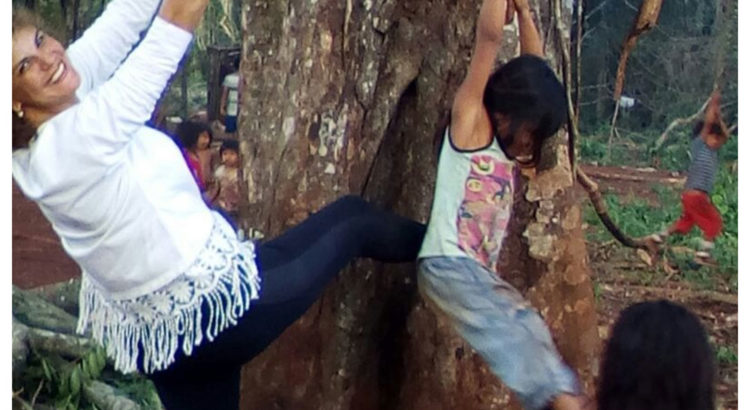
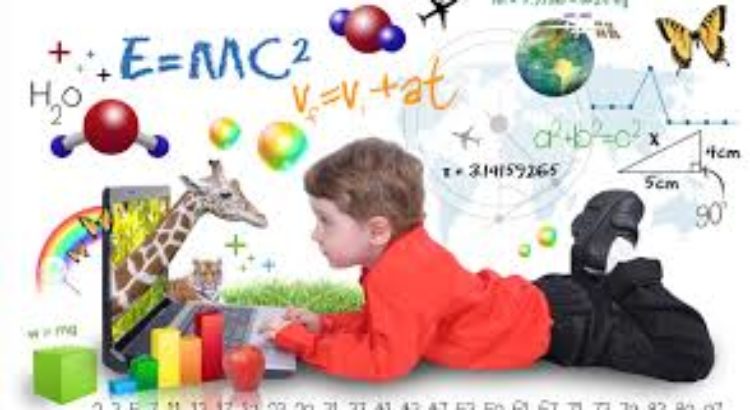
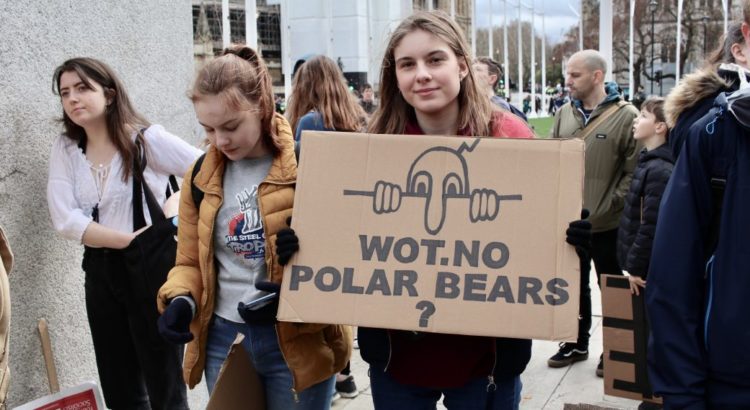
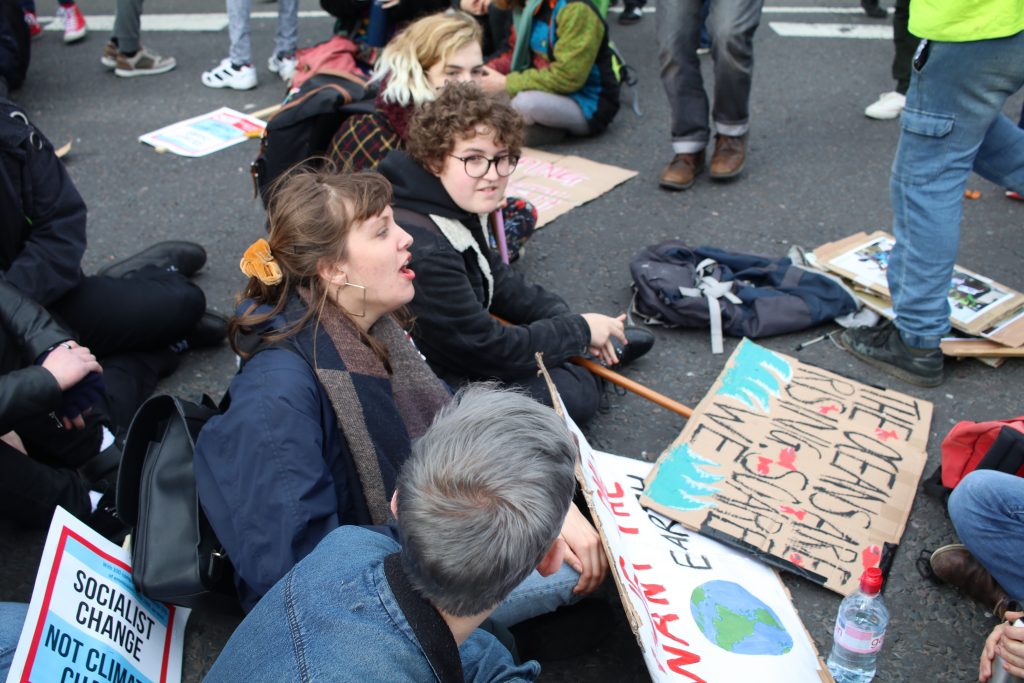 Image credit:
Image credit:  Image credit:
Image credit: 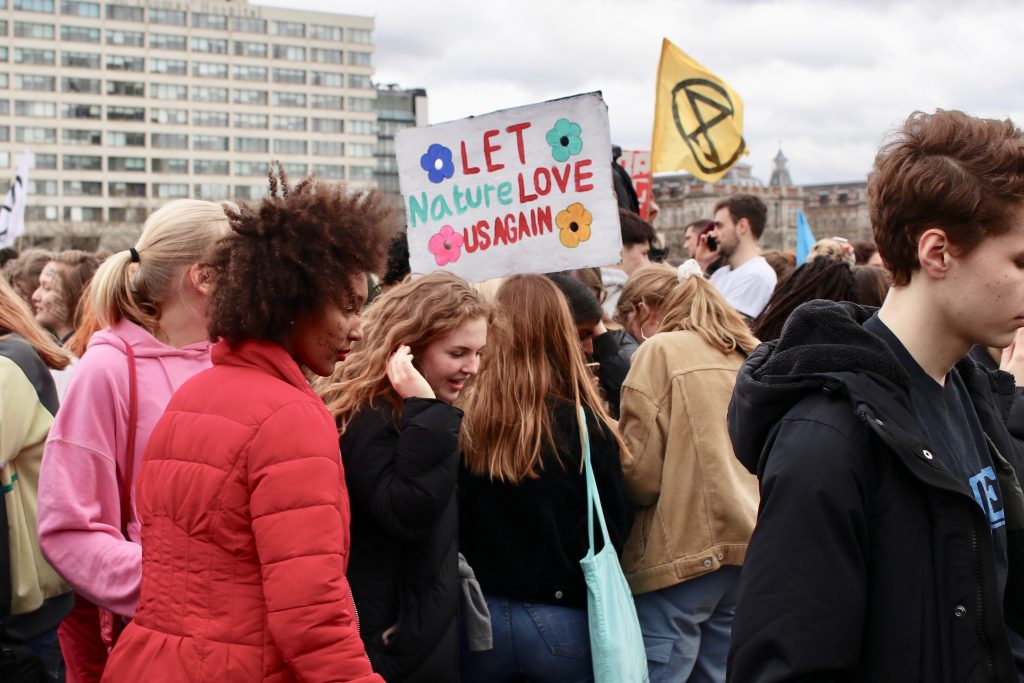 Image credit:
Image credit: 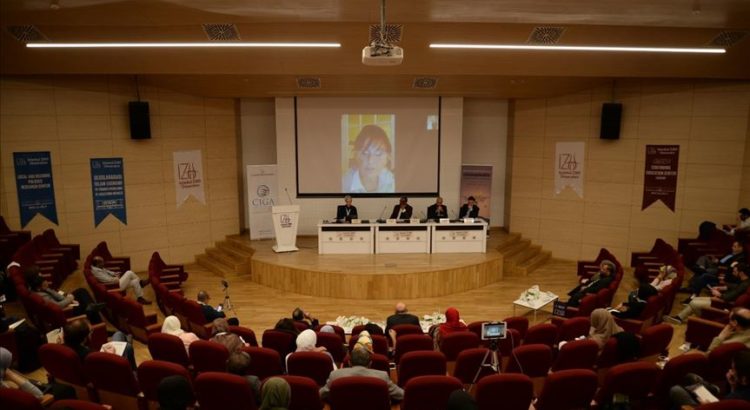
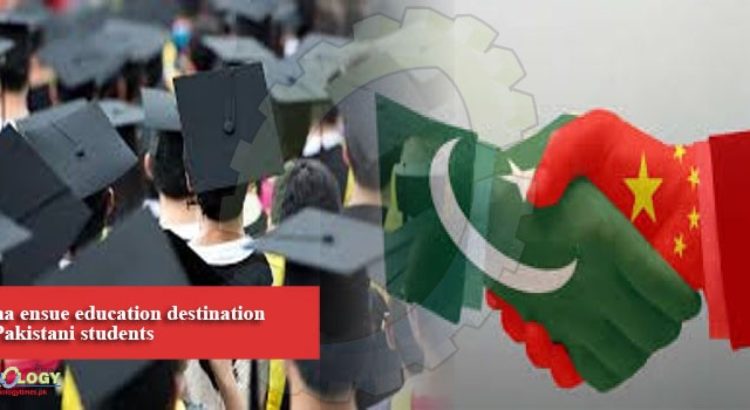
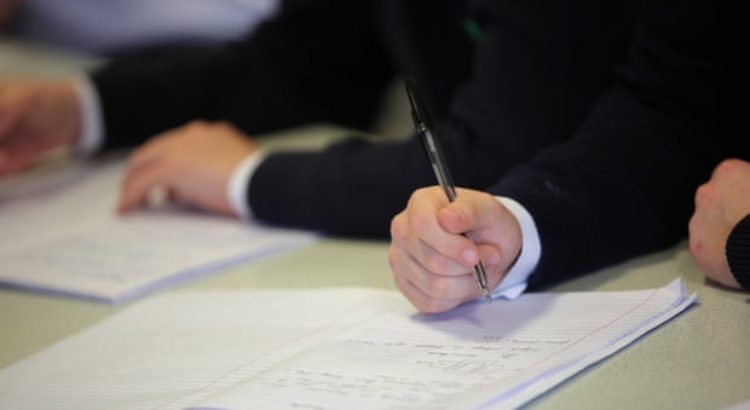
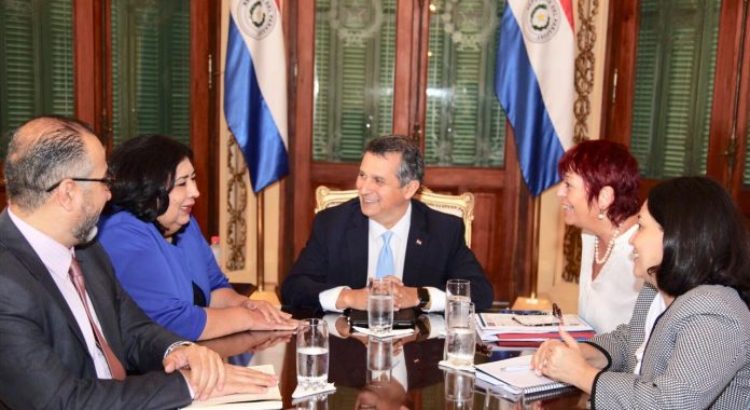





 Users Today : 33
Users Today : 33 Total Users : 35422504
Total Users : 35422504 Views Today : 38
Views Today : 38 Total views : 3357510
Total views : 3357510